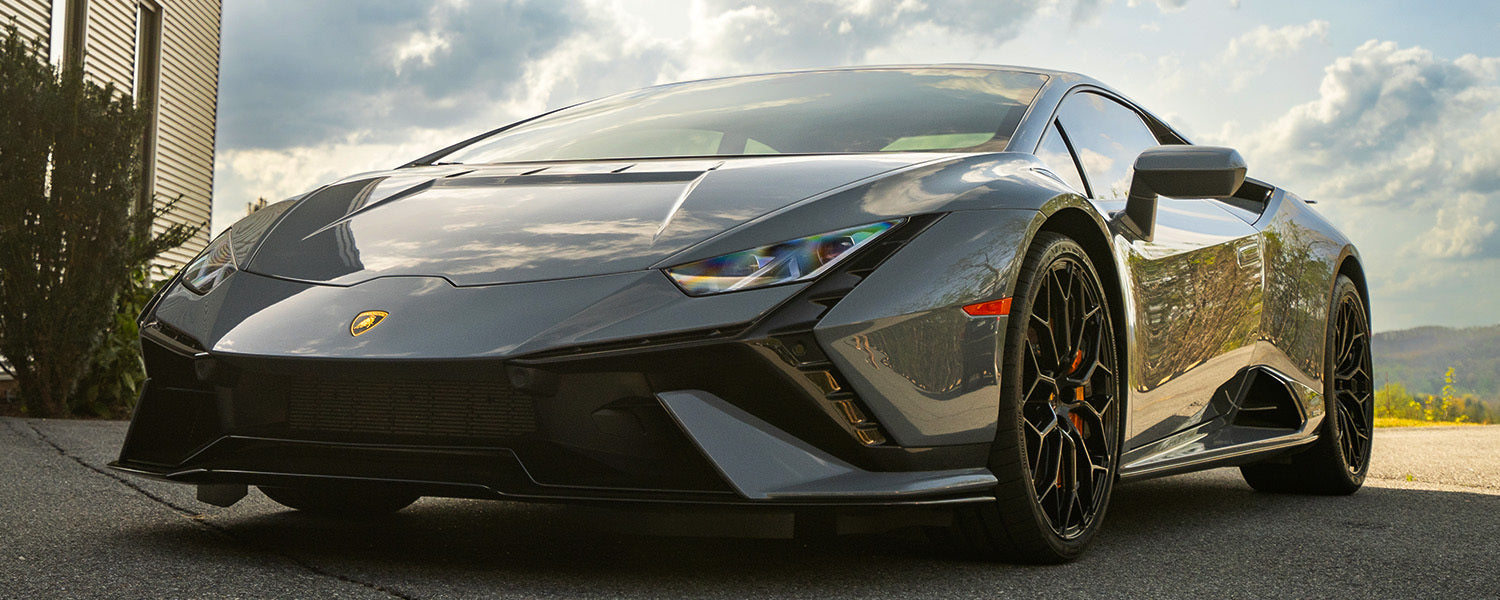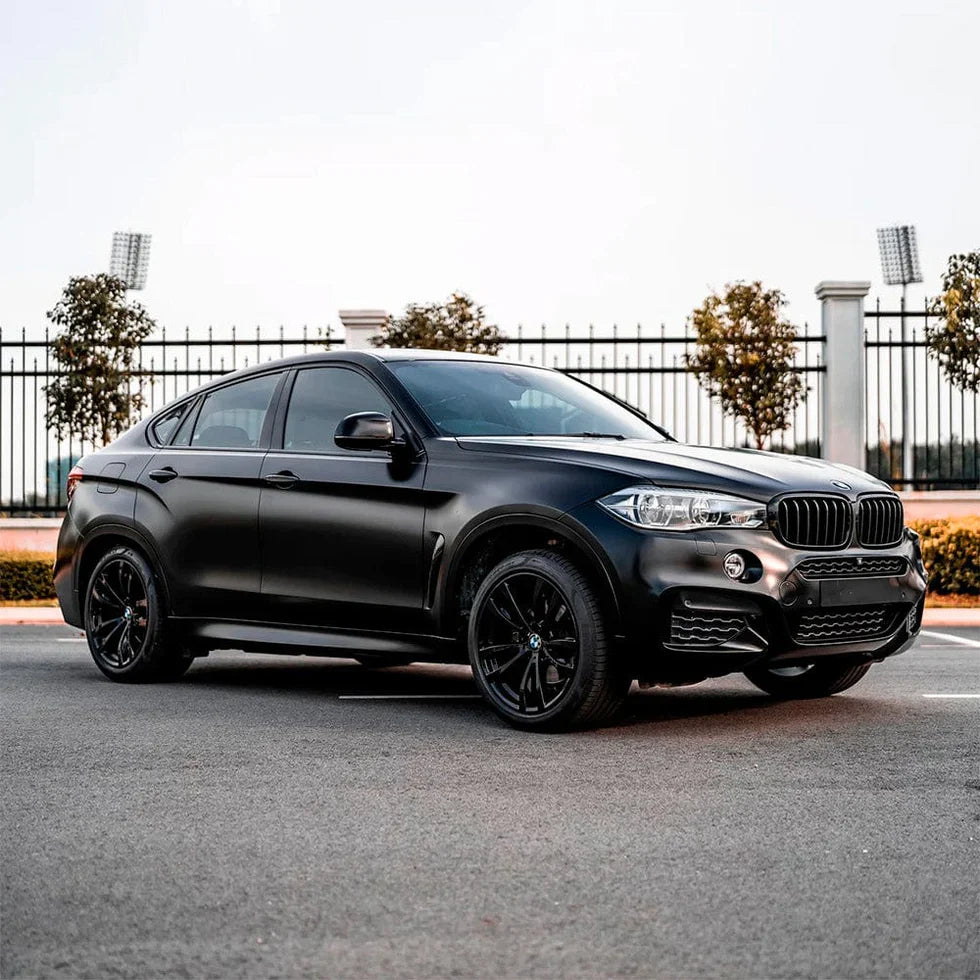Ceramic coatings and paint protection film are often confused, but they serve different purposes. Here’s a clear breakdown to help you decide.
What Is Ceramic Coating?
Ceramic coating is a liquid polymer applied to your car’s surface that chemically bonds with the factory paint. It provides water beading, shine, and resistance to light contaminants.
What Is PPF?
PPF is a physical film applied over the paint that defends against scratches, chips, and heavy contamination. It also has self-healing properties.
Side-by-Side Comparison:
-
Scratch Resistance: PPF > Ceramic
-
Hydrophobic Effect: Ceramic > PPF
-
Impact Protection: PPF only
-
Gloss & Shine: Both (depends on product quality)
-
Longevity: PPF (up to 10 years), Ceramic (2-5 years)
Can You Use Both?
Yes! Apply PPF first, then top it off with a ceramic coating for the best of both worlds: ultimate protection and easy maintenance.






Share:
How Does Paint Protection Film Work? The Science Behind the Shine